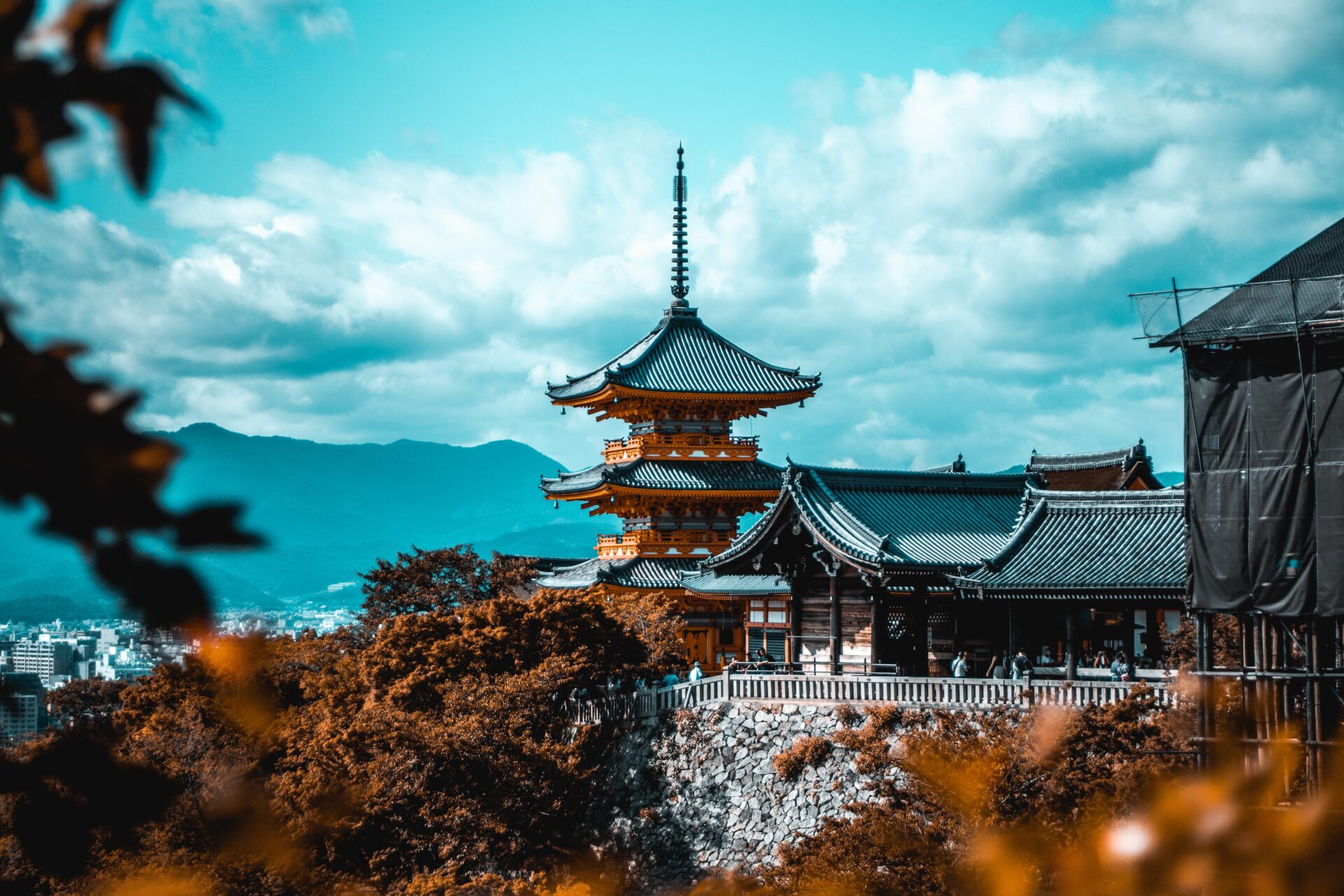
Kyoto, the cultural heart of Japan, is a city that seamlessly blends ancient traditions with modern life. Steeped in history and revered for its preserved temples, traditional tea houses, and vibrant festivals, Kyoto offers a unique window into Japanese culture. In this article, we will embark on a journey through the captivating traditions of Kyoto, exploring its rich heritage, key elements, and the significance of preserving cultural practices.
1. Cultural Heritage and Temples: Kyoto boasts a wealth of cultural heritage, with over 1,600 Buddhist temples and Shinto shrines scattered throughout the city. Each temple tells a story of Japan’s past, and the ancient rituals performed within their walls contribute to the spiritual essence of Kyoto. From the iconic Fushimi Inari Taisha with its thousands of vermillion torii gates to the serene Kinkaku-ji (Golden Pavilion), Kyoto’s temples are living testaments to the country’s cultural legacy.
2. Traditional Geisha Districts: The Gion and Higashiyama districts of Kyoto are renowned for their preserved machiya (traditional wooden townhouses) and iconic tea houses. Gion, in particular, is famous for its geisha and maiko (apprentice geisha) who gracefully traverse the narrow streets in vibrant kimono attire. Witnessing a geisha performance or encountering one during an evening stroll transports visitors to a bygone era of elegance and refined entertainment.
3. Kimono Culture: Kyoto remains a stronghold for the appreciation and preservation of traditional kimono culture. Many visitors embrace the opportunity to don a beautifully crafted kimono and stroll through historic districts, adding a touch of timeless elegance to their Kyoto experience. The city’s streets become a living canvas, showcasing a harmonious blend of modern and traditional fashion.
4. Cherry Blossom Viewing: Spring in Kyoto is synonymous with the breathtaking beauty of cherry blossoms. Hanami, the tradition of appreciating cherry blossoms, draws locals and visitors alike to parks such as Maruyama Park and the Philosopher’s Path. The fleeting beauty of sakura blossoms symbolizes the transient nature of life, making cherry blossom season a cherished and reflective time in Kyoto.

5. Tea Culture and Ceremonies: Much like the rest of Japan, Kyoto places great emphasis on the art of tea. The traditional Japanese tea ceremony, or “chanoyu,” finds a special place in Kyoto’s cultural tapestry. Enthusiasts can partake in tea ceremonies held in historic tea houses, experiencing the meticulous preparation of matcha and the serene ambiance that defines this revered ritual.
6. Noh and Kabuki Performances: Kyoto continues to be a hub for traditional Japanese performing arts, including Noh and Kabuki. Noh, a stylized form of musical drama, and Kabuki, known for its elaborate costumes and dynamic performances, offer a glimpse into the theatrical traditions that have captivated audiences for centuries. Kyoto’s cultural institutions often host performances, providing a unique opportunity to witness these time-honored art forms.
7. Seasonal Festivals: Throughout the year, Kyoto hosts a myriad of festivals celebrating the changing seasons. The Gion Matsuri, Kyoto’s annual festival in July, is one of the most famous and vibrant. Lantern-lit processions, traditional music, and colorful floats create a lively atmosphere that showcases Kyoto’s commitment to preserving its festive traditions.
In conclusion, Kyoto stands as a living testament to Japan’s rich cultural heritage. The city’s commitment to preserving and promoting traditional practices ensures that visitors can immerse themselves in the elegance and charm that define Kyoto. Whether wandering through historic districts, attending a traditional tea ceremony, or witnessing a centuries-old festival, Kyoto invites you to embrace its cultural treasures and experience the timeless beauty that defines this enchanting city.
Author: Anna Kraskovska, Team Itinerary.Expert
